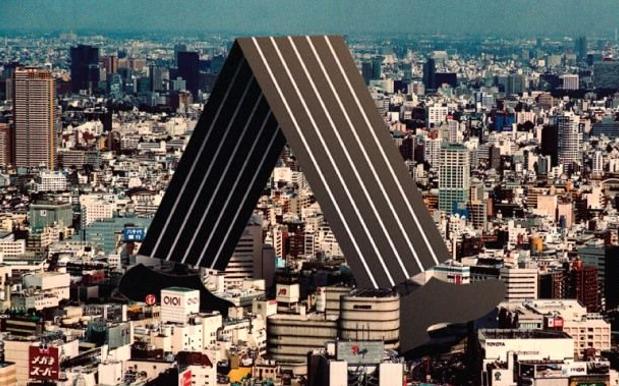
Yesterday the key points of Life’s Better With Live, a report concerning the future of live music in Australia commissioned by the APRA in conjunction with the Australia Council for the Arts and others were released to the media. Some of the more interesting findings included the fact that NSW actually oudid Victoria in terms of venues, putting to rest that long-standing myth of Sydney being Melbourne’s musical whipping boy and that most musicians earn way below minimum wage, despite contributing to a sector which earns $1 billion in revenue each year.
Pedestrian chatted with Music NSW Executive Officer Kirsty Brown, ex-editor of The Brag and organiser of Sound Summit to discuss what all of this means for musos and fans alike.
So Kirsty, what do you think was the most promising finding of the report?
I think the most promising finding was in demonstrating just how substantially contemporary music contributes back to Australian culture and the economy. I think there has been the view for many years now that Australian contemporary music is on the fringe of what we consider art, or industry, and this report demonstrates that like the film and fashion industries – music is capable of facilitating huge economic benefits and positively contributing to the country creatively.
The economic contribution of the music industry in raw terms is $1.2 billion dollars, creating the full time equivalent of nearly 15,000 jobs and the total profits and wages generated by the industry is $651.9 million per annum. These are exciting numbers!
On the flipside, what results would you say you found the most disconcerting?
It’s quite alarming that the industry is making $1.2 billion dollars and that the average musician earns $19,500 per year (minimum wage in this country is $30K p/a) and that 61.7% of venues claim that the “Cost of Talent” is second only to regulation as a barrier to owning and operating a live music venue.
We should be ashamed of this statistic and work harder to make sure that performers are being paid fairly – particularly when musicians have little to no access to Centrelink or superannuation benefits as a long-term safety net. There is a long way to go to before people reconsider that the cost of purchasing a premium beer ($7) somehow has more value than seeing three local bands at a pub for $10.
In today’s Music Network, SLAM co-founder Helen Marcou hit the nail on the head when she remarked, “Whilst alcohol remains the currency of live music, the Government and alcohol companies continue to reap huge rewards. However, our musicians who provide the drawcard, the background, the ambiance, the excitement and the passion are cut out of the profits.”
There is an imbalance here that needs to be challenged. MusicNSW will be reinforcing this point in our National Cultural Policy submission and we encourage others to do the same.
How do you think this data will challenge the way that venues operate and they ways in which we value them?
Perhaps we could begin by simply acknowledging just how many live venues there are, particularly in NSW. Somewhere along the line we got the impression that NSW was in the middle of a “venue crisis” but NSW represents 32.1% of total industry output based on live music venue numbers!
There is the perception that NSW plays second fiddle to Victoria in terms of number of venues, number of events etc and now we have the hard proof that this is simply not true. If anything, I would hope that bands, agents and bookers could look at the data and see that there are myriad venues around the country supporting live music and that it would have a positive flow-on effect for those spaces to be utilised more.
I hope that people can look at this survey and see opportunity. MusicNSW will use these statistics to lobby and advocate for musicians and the music industry, as this is a powerful tool in demonstrating just how much we contribute and how many opportunities there are to be capitalised upon. If regulation can be relaxed alongside tax exemptions, private industry will be enticed to invest in music. Meanwhile, the Federal Government should keep it’s election promises from 2007 and 2010 and follow through on the Strategic Contemporary Music Industry Plan to effect any lasting or real change.
What are the steps towards a better live music scene in Australia?
From my personal perspective, I think the Australian music industry would hugely benefit from the establishment of scenes outside of the capital cities and I would like to encourage all bands to try and visit a few rural and regional towns on their way around the country. Access to music can have an incredible effect on a community and for the bands, this can be a very rewarding way to cut their teeth. MusicNSW works hard to deliver workshops, access to performance, artists and professional development across the state, but there is a lot of work to do!
Again, I’d also like to see musicians being invested in creatively and financially. A music industry should not be so economically top-heavy while the people who make the industry possible (the artists) scrape by on unforgivably low wages at the bottom.
Otherwise, I think we have a very strong, very successful and very creative music industry in Australia that we should be proud of. Tall Poppy Syndrome is so ’90s y’all.







